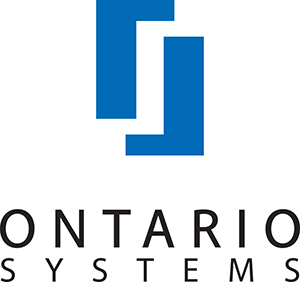3 reasons healthcare providers are eager to offer text-to-pay convenience
All day long, we send and receive text messages using mobile devices we can’t seem to live without. With the average person checking their phone 150 times per day, it’s not surprising that 98% of text messages receive a response within 90 seconds.
Despite the popularity of texting, much of the healthcare industry remains behind the curve —particularly on the billing and payment end of the patient experience.
Many providers still prefer to mail a paper statement after the patient has received multiple letters from their insurer (“This is not a bill”) during the claims adjudication process. When the provider’s bill finally arrives, the patient can be confused about what’s actually owed or discard the bill in error.
An online portal offers a digital payment option, but it takes work to access. A text balance notification provides a link to the portal, which requires a username and password plus multiple-layer authentication. For a patient looking to make a quick payment, this process can be a source of friction and frustration. Over 90% of healthcare organizations offer patient portals, yet fewer than 25% of hospital patients use them.
According to a 2020 InstaMed survey, over half of patients would consider choosing a different provider for an improved payment experience. The question for providers is, how can the billing process be adapted to align more closely with patient preferences and reduce patient effort?
The answer is as simple as it sounds: text to pay.
The easy payment option patients and providers have been waiting for
The beauty of text to pay is that it’s an entirely automatic, event-driven process that involves no human touch on the provider side and virtually no patient effort. It eliminates the need for paper bills and portal sign ins, and there’s no app to download. In fact, a patient can pay their balance without leaving the text conversation.
The moment a patient’s claim is adjudicated, demographic and financial transaction information is automatically extracted from the electronic health records (EHR) system of record. The patient receives a balance notification with a clickable link they can use to make a payment. The most patient-friendly text-to-pay solutions don’t require a portal or mobile app — just a piece of information only the patient would know, much like the banking industry uses to verify identity. From there, with a few easy clicks, they can make a frictionless payment without ever pulling out their wallet.
The patient can click or reply “YES” to make a payment using a credit card already on file. Or they can call with questions about their balance. Once a payment is facilitated, transaction information is sent back to the system of record, and an automatic post is created.
3 major benefits of offering direct payment by text
The ability to pay balances within a text conversation eliminates much of the difficulty and uncertainty that have traditionally accompanied the healthcare billing process. This new way to pay gives both patients and providers reasons to celebrate.
1. Increase payments
No more paper invoices mistaken for junk mail. No more forgetting and resetting portal passwords. With all the usual barriers to payment removed from the process — and a clear and growing preference for paying healthcare bills using a mobile device — patients are primed to pay more and pay faster, using a text-to-pay option.
2. Lower the cost to collect
The text-to-pay process is guided entirely by artificial intelligence (AI), thus eliminating the high administrative costs of manual tasks and posting errors. Data is transferred out of the EHR as soon as a claim is adjudicated and back into the EHR the moment a payment is made — all without the need for human intervention.
3. Improve patient satisfaction
The billing process is just as important to the patient experience as quality of care. Patients are consumers who expect convenience and ease; a needlessly complex billing process can be enough to drive them elsewhere. Providers that offer a low-effort, on-the-go payment option easily set themselves apart as service leaders — and leave a final impression that stays with patients.
High-quality patient care and painless payments go hand in hand
Too often in the healthcare industry, patients see a disconnect between the advanced care they receive and a payment experience that’s lagging behind what’s possible in the modern digital era. That disconnect is becoming more and more costly for providers, particularly in the midst of increasing financial pressures and rising self-pay.
Offering a payment experience that complements world-class healthcare delivery is now, and will continue to be, key to a healthy revenue cycle and long-term market success.
Major health systems are strengthening patient engagement and revenue cycle processes with simple AI-driven solutions — and getting more value out of their EHR as a result. Click here to learn more.






